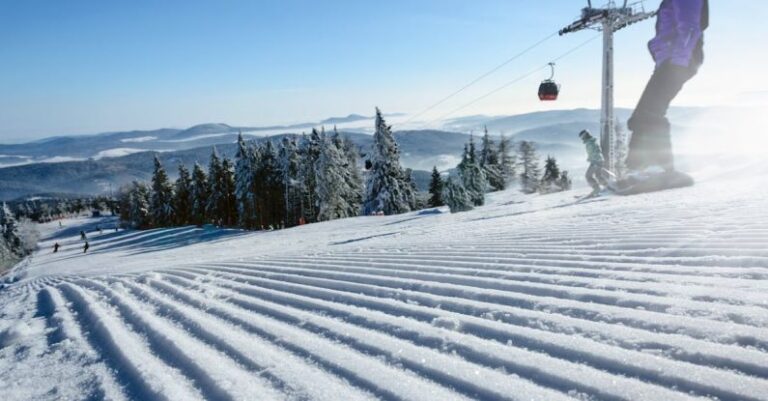
As the winter season approaches, many skiing enthusiasts eagerly anticipate hitting the slopes. However, before you strap on your skis and head down the mountain, it’s essential to prepare your body physically for the demands of the sport. Skiing requires strength, flexibility, and endurance to navigate the slopes safely and enjoyably. In this article, we will explore effective ways to prepare yourself physically for the upcoming ski season.
**Assess Your Current Fitness Level**
Before diving into a ski-specific training regimen, it’s crucial to assess your current fitness level. Evaluate your strength, flexibility, and cardiovascular endurance to identify areas that may need improvement. This self-assessment will help you tailor your training program to address your individual needs and prevent injuries on the slopes.
**Strength Training for Skiing**
Strength training plays a vital role in preparing your body for the physical demands of skiing. Focus on exercises that target the muscles used during skiing, such as the quadriceps, hamstrings, glutes, and core muscles. Squats, lunges, deadlifts, and planks are excellent exercises to build lower body and core strength. Incorporating resistance bands and stability exercises can also help improve balance and control while skiing.
**Flexibility and Mobility Work**
Flexibility and mobility are essential for fluid and efficient skiing movements. Tight muscles can restrict your range of motion and increase the risk of injury. Incorporate stretching exercises into your routine to improve flexibility in key areas such as the hips, hamstrings, and lower back. Yoga and Pilates are excellent practices to enhance flexibility, balance, and body awareness, all of which are beneficial for skiing.
**Cardiovascular Endurance**
Skiing is a physically demanding activity that requires both strength and endurance. To build cardiovascular endurance, incorporate aerobic exercises such as running, cycling, or swimming into your training regimen. Aim for at least 30 minutes of moderate to high-intensity cardio sessions several times a week to improve your stamina and endurance on the slopes.
**Balance and Stability Training**
Balance and stability are crucial for maintaining control and precision while skiing. Include balance exercises such as single-leg squats, stability ball exercises, and bosu ball drills in your workout routine to enhance proprioception and core stability. Improving your balance and stability will not only enhance your skiing performance but also reduce the risk of falls and injuries.
**Plyometric Training**
Plyometric exercises involve explosive movements that can help improve power and agility, essential for quick turns and maneuvers while skiing. Incorporate exercises like box jumps, jump squats, and lateral bounds to enhance your explosive strength and dynamic movement patterns. Plyometric training can also improve your reaction time and coordination on the slopes.
**Nutrition and Hydration**
Proper nutrition and hydration are essential components of physical preparation for the ski season. Fuel your body with a balanced diet rich in complex carbohydrates, lean proteins, and healthy fats to support your training and recovery. Stay hydrated by drinking an adequate amount of water throughout the day, especially when engaging in intense physical activity. Avoid sugary drinks and opt for water or electrolyte-rich beverages to maintain optimal hydration levels.
**Rest and Recovery**
Lastly, don’t underestimate the importance of rest and recovery in your physical preparation for the ski season. Allow your body time to recover between workouts to prevent overtraining and reduce the risk of injuries. Incorporate rest days into your training schedule and prioritize quality sleep to support muscle repair and recovery. Listen to your body’s signals and adjust your training intensity as needed to ensure you are adequately prepared for the ski season.
Prepare Physically, Conquer the Slopes!
By incorporating these physical preparation strategies into your training routine, you can enhance your skiing performance, reduce the risk of injuries, and make the most of the upcoming ski season. Remember to assess your current fitness level, focus on strength, flexibility, and endurance training, and prioritize balance, stability, and plyometric exercises. Fuel your body with proper nutrition, stay hydrated, and allow for adequate rest and recovery to optimize your physical readiness for the slopes. With a well-rounded training program and dedication to your fitness goals, you’ll be well-equipped to conquer the slopes and enjoy a thrilling and rewarding ski season ahead.





